Our understanding of pet dogs remains limited, especially as the world evolves. Many gundogs no longer engage in hunting today, yet their innate hunting instincts remain deeply ingrained.
Here, we’ve ranked the 13 best gundog breeds in the world, including the German Shorthaired Pointer, Irish Setter, German Wirehaired Pointer, English Setter, Weimaraner, and more. Which of these breeds are you most familiar with?
Table of Contents
What Is a Gundog?
Known as the Sporting Group, gundogs originated in 19th-century Britain, where hunting was a popular aristocratic pastime. These dogs, termed Sporting Dogs or Gundogs, were companions to hunters.
Their role was not to kill prey but to use their keen senses of smell and hearing to locate game and alert the hunter.
13 Best Gundog breeds in 2015
German Shorthaired Pointer
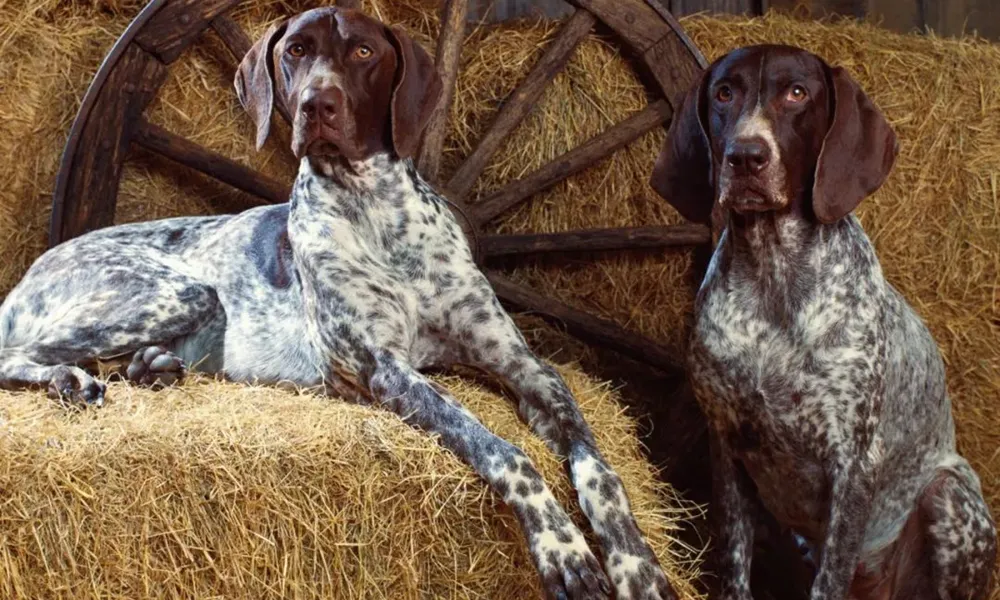
This breed is friendly, intelligent, and eager to please. Its first impression is one of enthusiasm and readiness to work, with no signs of nervousness or restlessness. The German Shorthaired Pointer is a versatile hunting dog, capable of tackling challenging tasks both on land and in water. (A complete guide about German Shorthaired Pointer)
Weimaraner
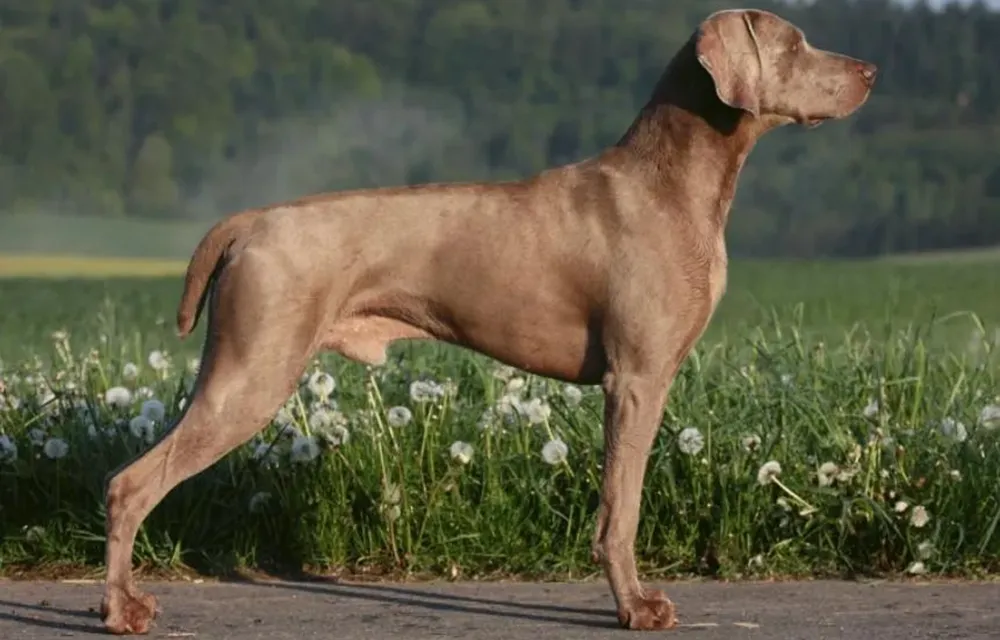
Originally used to hunt wolves, bears, and wild boars, the Weimaraner later transitioned to bird hunting, tracking, and retrieval. This large gray breed is celebrated for its adaptability as a hunting dog. It combines high-speed performance with endurance, excelling in prolonged fieldwork. Weimaraners are known for their friendly, bold, alert, and obedient nature.
Their athletic build allows them to work tirelessly at remarkable speeds, showcasing exceptional stamina.
English Pointer
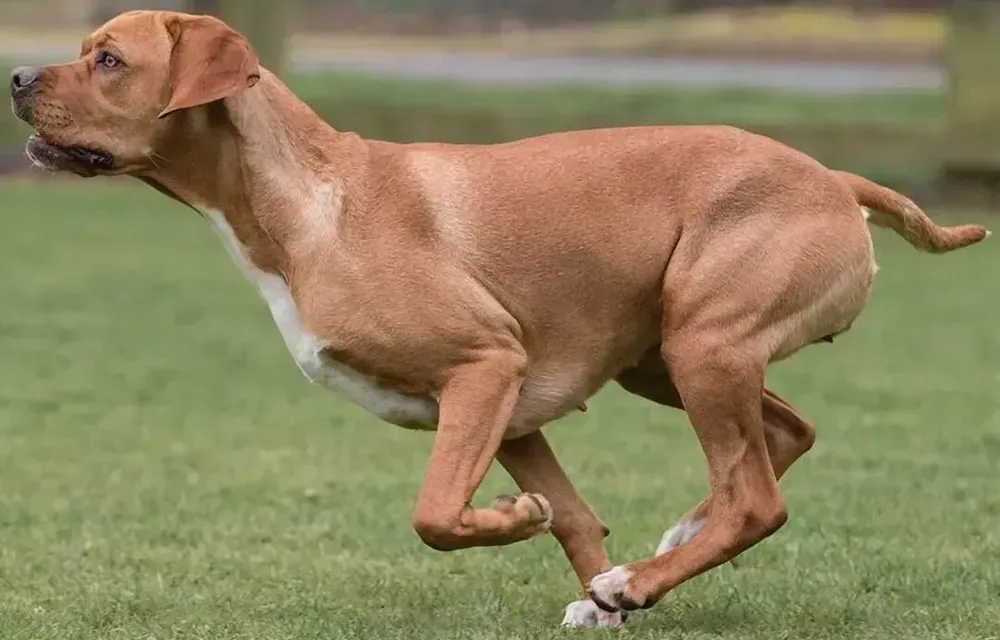
The English Pointer, born in 17th-century England, was first used to help hunters catch birds with nets. By the 1700s, it became popular for gun hunting. To make it faster and better at smelling, breeders mixed it with Bloodhounds, Greyhounds, and Foxhounds. This created the strong, quick Pointer we know today.
This dog is muscular and full of energy. When it finds prey, it freezes and points with its body to show the hunter. It stays calm and brave around people and other dogs. With a smart face and elegant look, it shows both strength and grace.
The Pointer loves outdoor adventures but is also gentle at home. Its loyalty and keen senses make it a perfect friend for both hunting and family life. A true hero of the fields and a loving companion!
Labrador Retriever

The Labrador Retriever, also known simply as the „Lab,“ is a medium-to-large breed renowned for its versatility. Originating from Newfoundland and Labrador, Canada, it excels as a guide dog, search-and-rescue dog, and service dog in public settings. Ranked as the sixth most intelligent dog breed globally, it shares the title of „top three non-aggressive breeds“ with the Siberian Husky and Golden Retriever. Labs are loyal, good-natured, gentle, outgoing, and highly sociable, with remarkable intelligence and a natural affinity for people.
Golden Retriever
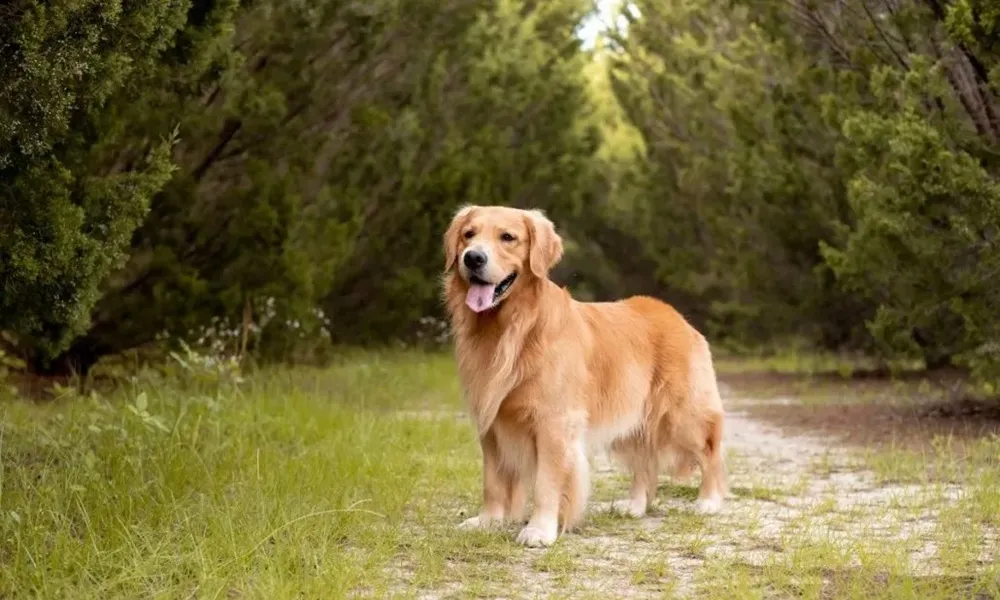
Golden Retrievers are characterized by their warmth, alertness, confidence, and ease with strangers. Originally bred as hunting retrievers, they now thrive as guide dogs and family pets, famously gentle with children and infants. This breed ranks fourth in canine intelligence worldwide.
Chesapeake Bay Retriever
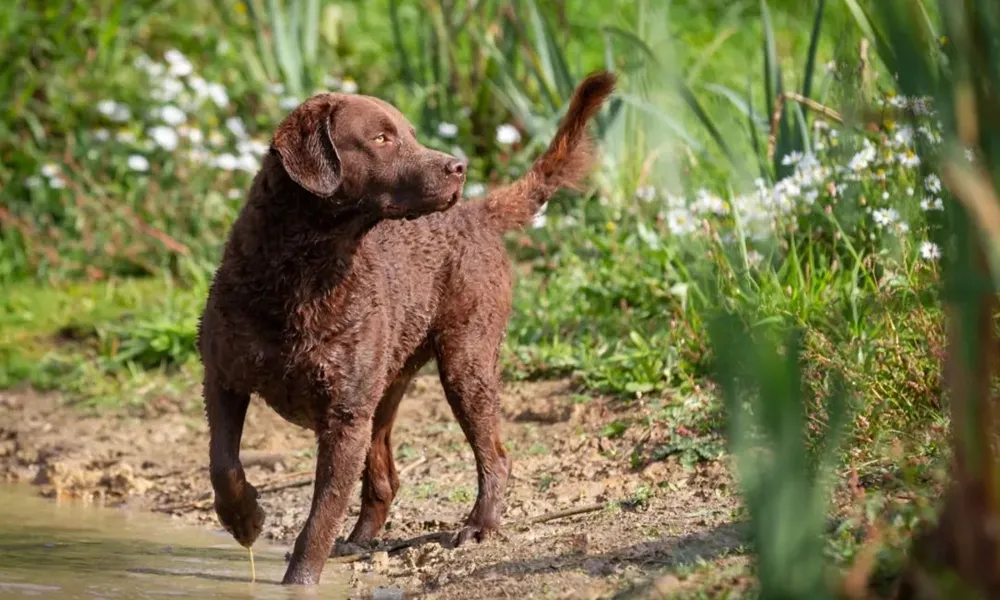
The Chesapeake Bay Retriever, native to the United States, stands out as the Mid-Atlantic region’s peerless duck-hunting dog. Embodying the quintessential retriever traits—loyalty, optimism, affection, and tireless energy—this breed is distinguished by its waterproof coat.
Chesapeake Bay Retrievers are robust, muscular hunters, standing 21–26 inches at the shoulder, with males weighing up to 80 pounds. Their signature curly, oily coat comes in solid shades of chocolate brown, sedge, or deadgrass, complemented by keen amber-yellow eyes.
More emotionally complex than typical retrievers, Chesapeakes thrive on training but retain independence and determination. Protective of their families and polite yet reserved with strangers, they excel as watchdogs and versatile athletes. A well-socialized Chesapeake is both a confident companion and a world-class hunting partner.
English Springer Spaniel
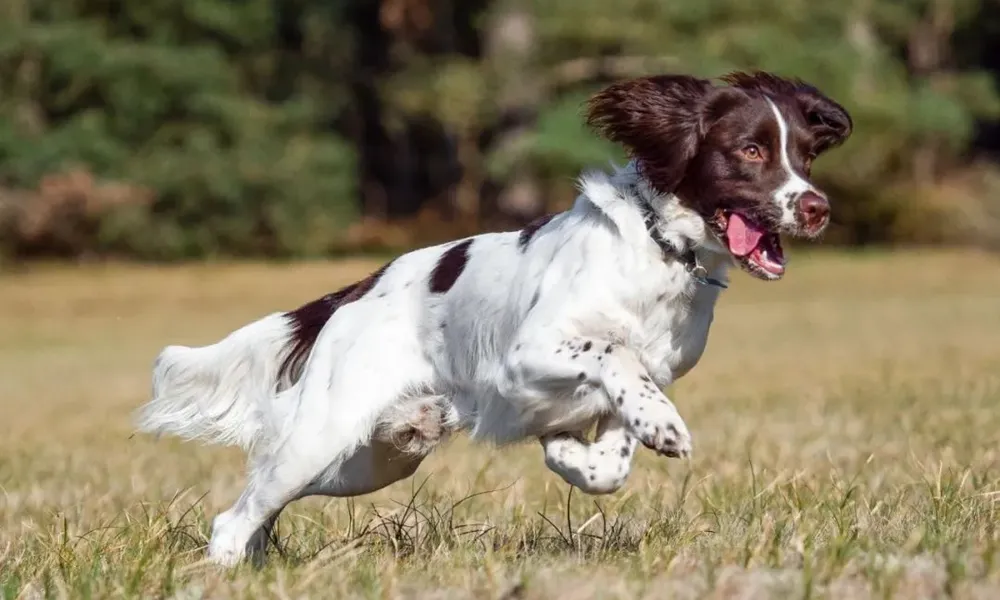
The English Springer Spaniel is a medium-sized sporting dog with a compact build and a docked tail.
Known for its attractive appearance and enthusiastic, friendly, and gentle nature, this breed boasts an exceptional sense of smell, making it a top choice for search-and-rescue operations. Agile and nimble in motion, with long, floppy ears that sway as they run, their cheerful expressions and eagerness to please are endlessly endearing. These traits also make them highly trainable, and skilled handlers can easily manage them in the field.
Today, English Springer Spaniels are widely used in specialized tasks such as blood trailing, drug detection, explosives detection, and search-and-rescue missions, frequently appearing at major public events for security sweeps.
Cocker Spaniel
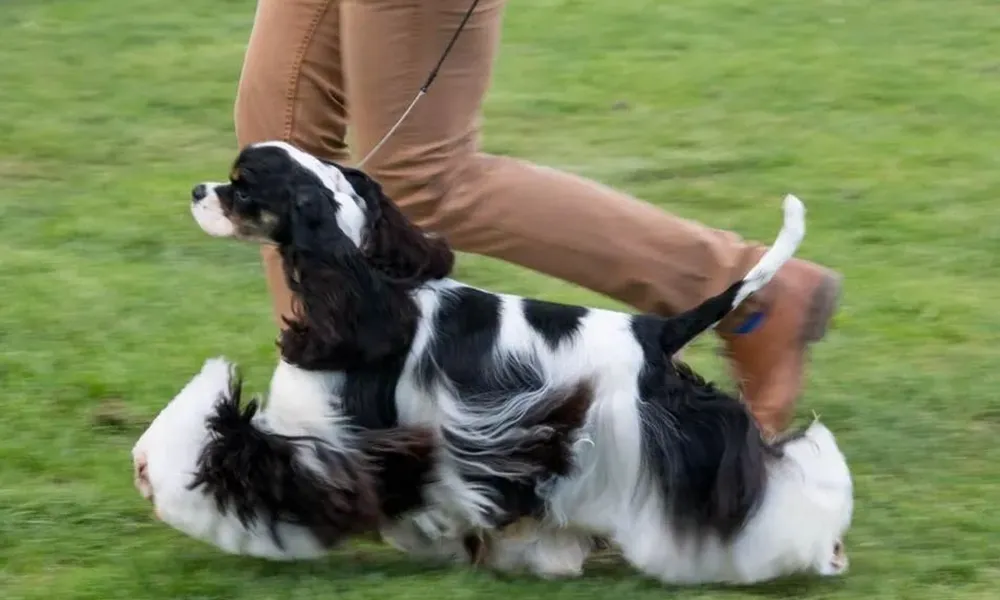
The English Cocker Spaniel, also known as the Cocker Spaniel, is celebrated for its expertise in hunting woodcocks, a skill that solidified its status as an independent lineage within the spaniel family.
Originating from a diverse Spanish hunting dog lineage with varied sizes, coat colors, and hunting abilities, it ranks among the oldest land spaniels. Modern Cocker Spaniels trace their documented history to June 14, 1879, with the birth of the first recorded English Cocker Spaniel, „Obo.“ The breed debuted in dog shows four years later.
By the early 19th century, it gained global recognition as a companion dog, particularly adored in Europe and the United States. The English Cocker Spaniel Club was established in the UK in 1902.
Brittany

The Brittany, originally from Persia(Note: Commonly recognized as originating from the Brittany region of France), is a compact, muscular medium-sized breed known for its energy and agility. A long-legged hunting dog, it is exceptionally healthy with few genetic health issues. Its coat is dense, flat, or wavy—never curly—and requires minimal grooming (brushing 2-3 times a week suffices). Their smaller size and natural hunting instincts make them popular among female owners and well-suited for urban living.
Irish Setter

The Irish Setter is an energetic hunting breed celebrated for its elegance, agility, and lustrous red coat.
Renowned for their gentle temperament, they make excellent family companions and playful partners for children, often doubling as enthusiastic tennis-ball retrievers. Enthusiasts describe Irish Setters as one of the most beautiful dog breeds, with their robust yet graceful build and striking mahogany or chestnut-colored coats. Their long, powerful legs and strong hindquarters grant them the title of the fastest runners among sporting dogs.
For over 200 years, their charming personalities have endeared them to both hunters and pet owners. Irish Setters are outgoing, sociable, and eager to please, responding well to patient, positive training.
English Setter
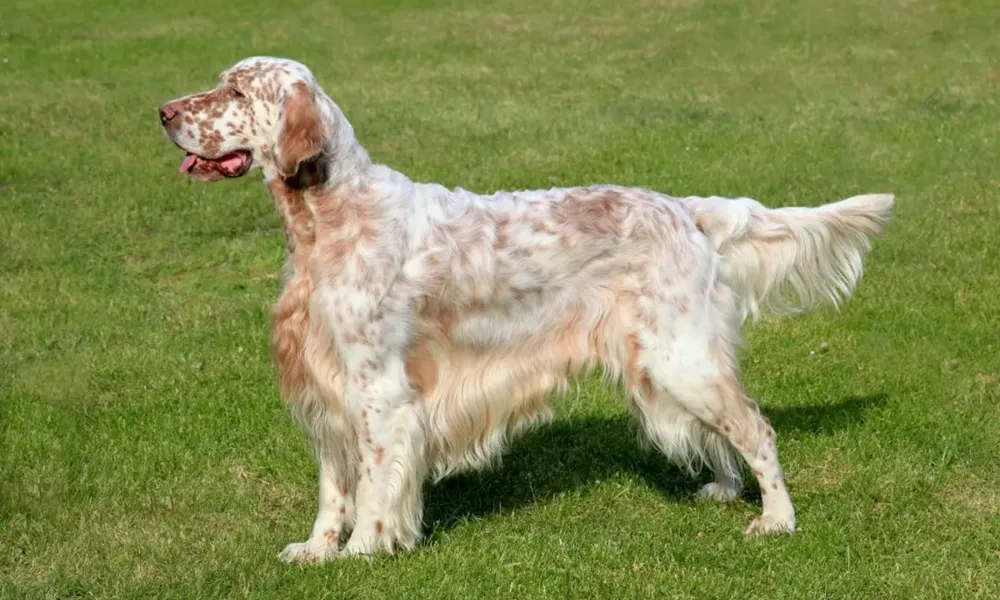
Among sporting dogs, the „Setter“ group is indispensable, divided into four breeds by origin and color: the English Setter, Gordon Setter, Irish Setter, and Irish Red and White Setter.
The English Setter, recognized as a purebred by kennel clubs since 1878, is a gentle and strikingly handsome breed. With an oval-shaped head perched on an elegant neck and dark brown eyes that exude warmth, they’re often called the „gentlemen of the dog world“—though they can be boisterous when playful.
Combining power, endurance, and refined elegance, English Setters move with effortless grace. Males embody strength without coarseness, while females carry themselves with dignified poise. At home, they’re affectionate, friendly, and confident, making them ideal for families with ample space.
Vizsla
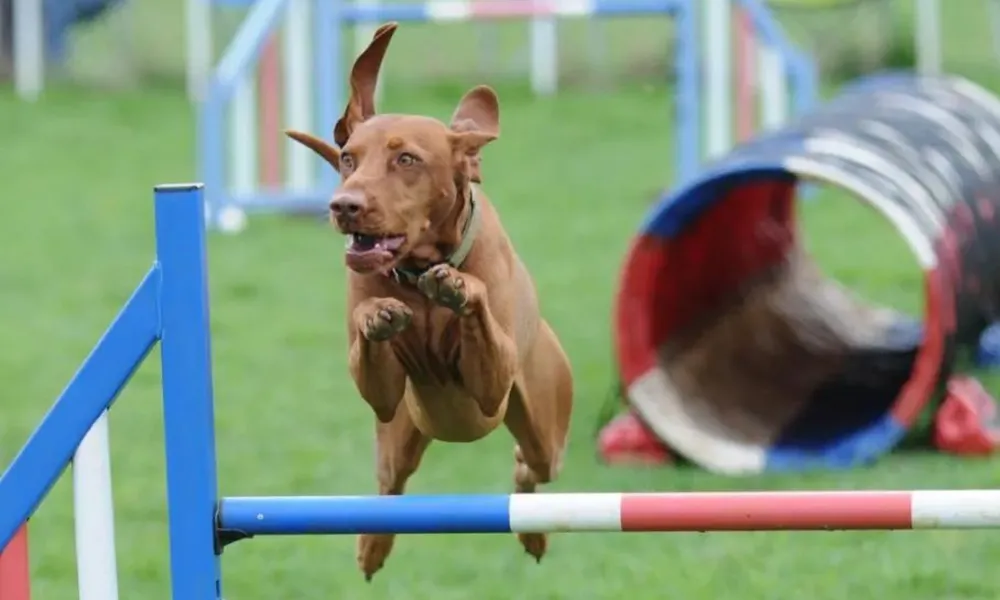
The Vizsla, a natural-born gun dog, boasts exceptional hunting skills—tracking game, signaling locations, and retrieving prey.
With proper exercise, they excel as hunting partners. Their keen sense of smell and above-average trainability set them apart. Vizslas are lively, gentle, and disciplined, displaying deep loyalty, sensitivity, and courage. They get along well with other animals, show unwavering devotion to their owners, and are gentle with children. If provided with ample exercise, they adapt seamlessly to family life.
Suited for urban environments and warm climates (though less tolerant of cold), Vizslas require minimal grooming and are highly responsive to training.
German Wirehaired Pointer
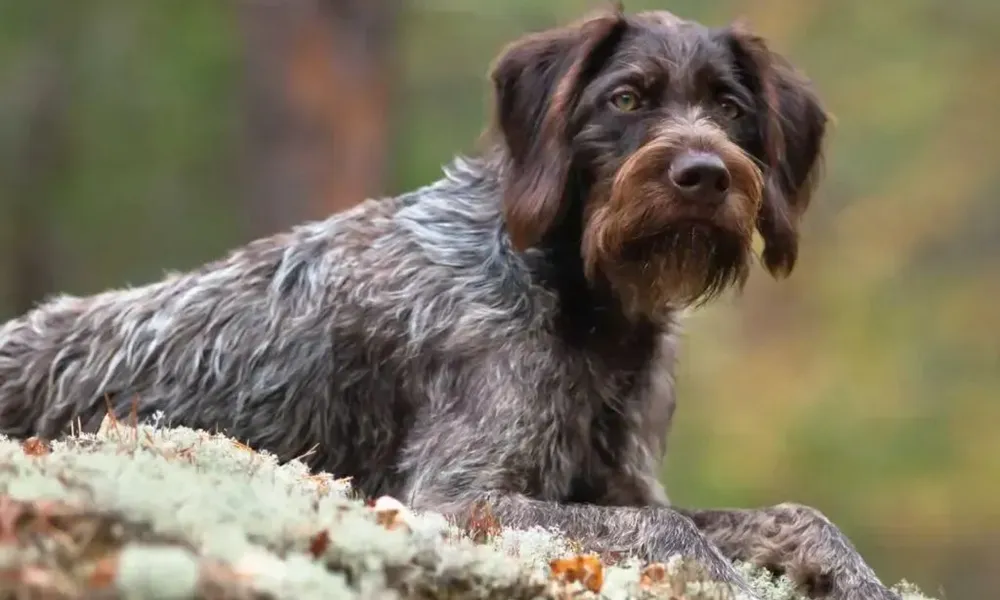
German Wirehaired Pointer remains a skilled hunting dog in Germany and Europe, known for its wild nature and specially bred coarse coat that protects against injuries and cold.
Originally used by nobles for hunting before the 19th century, it gained popularity as hunting spread among commoners. While gentle with family, it requires early trust-building and consistent training, making it challenging for beginners. This high-energy breed needs daily vigorous exercise.


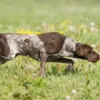






Add comment